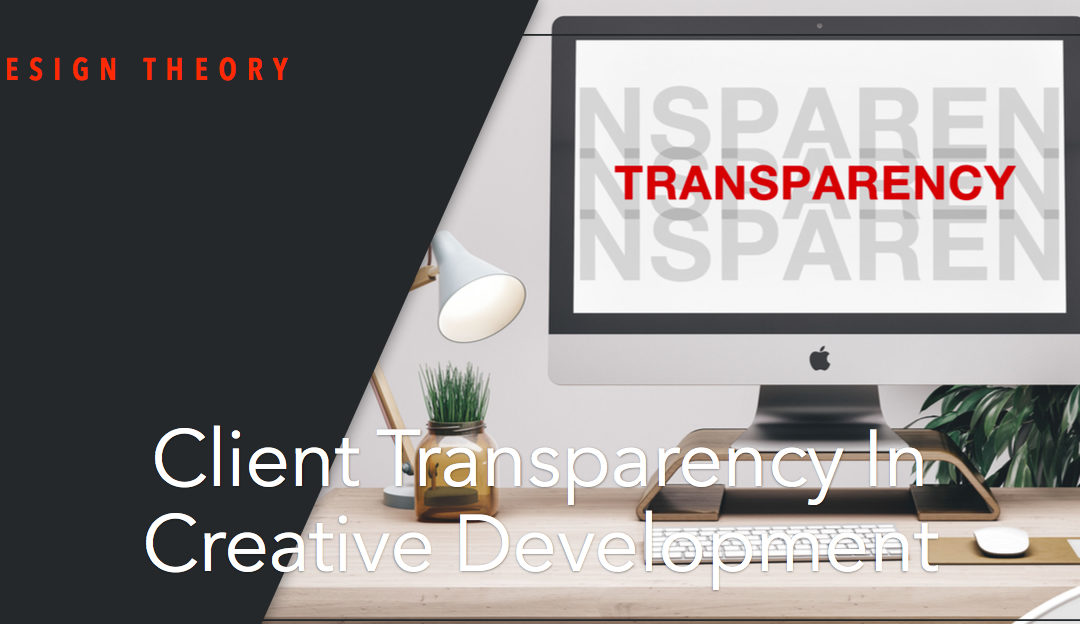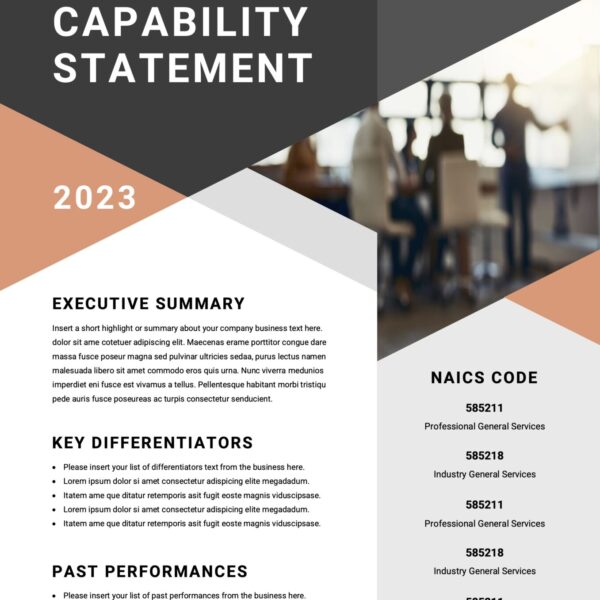
All Posts, Blog, Marketing, Web Design
We’ve all been there. Some of us more than others – yet still the idea of a redesign initially starts out with great aspirations, then leads to feverish or lackluster enthusiasm weeks later. Let me back up and explain my story. It’s been probably...
![Developer and Client Transparency Presentation [VIDEO]](https://jpdesigntheory.com/wp-content/uploads/2017/03/Client-Transparency-WP-Orlando-Jeans-Picture-1080x675.jpg)
Web Design, Web Development
A couple of weeks ago I presented at WordPress Orlando on Client Transparency in Creative Development. For those of you who weren’t able to attend or wanted to watch the presentation below is the video. Be sure to watch all the way to the end as the Q&A...

All Posts, Blog, Web Design, Web Development
Earlier this week I did a presentation at my local WordPress Orlando MeetUp about Client Transparency. This talk was a really open look at what it’s like being a creative, dispelling some perceptions on the creative lifestyle, as well as some insight into the...

All Posts, Blog, Free Stuff, Photography, Web Design
Your readers are more visual now then ever. Captivating them with great headlines is key, and so is capturing their attention with an interesting photo or graphic that goes along with the headline. Full disclosure, we actually use these websites along with paid RF...

All Posts, Content & Copywriting, Web Design
Creating and designing a new website is an exciting project. Initially you’re thinking of all the possibilities and great ideas of what it will be. Content though, textual, isn’t always a fun thing to conceptualize. Is it a better practice to curate your...

All Posts, Domains, Web Design
I’ve been managing domains for over 9 years now. It’s not necessarily a hard job, even though hosting can be difficult. But for this article we’re going to stick to the business of domains. Acquiring a domain isn’t extremely challenging. There are apps from hosting...


![Developer and Client Transparency Presentation [VIDEO]](https://jpdesigntheory.com/wp-content/uploads/2017/03/Client-Transparency-WP-Orlando-Jeans-Picture-1080x675.jpg)






